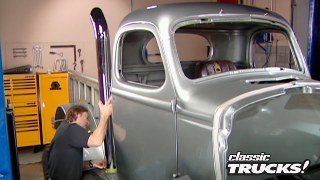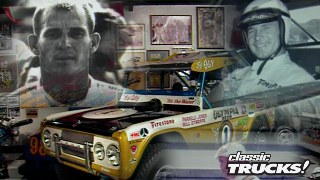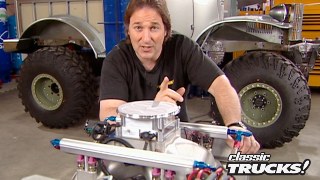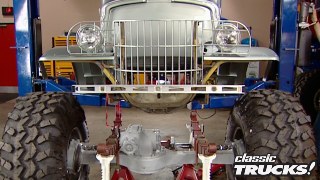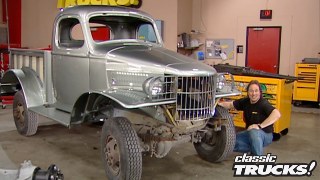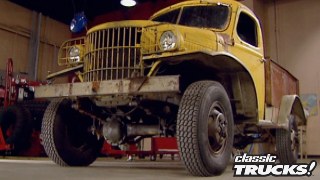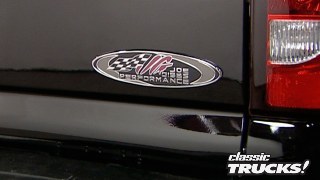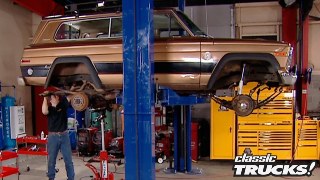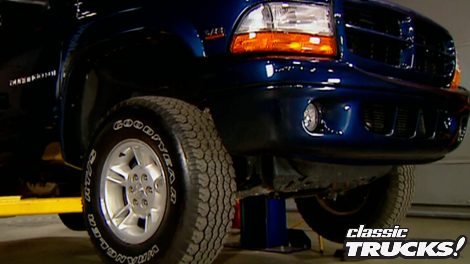
Dropping The Durango
We transform a 99 Dodge Durango by lowering it three inches all around to boost its street performance and explore how four-wheel drive can enhance street traction. Then we showcase a rare 1948 Jeep from the Willie's heritage, highlighting its unique design features that capture the essence of post-war sports car styling.
Season 2
Episode 12
Hosts: Stacey David, Mel Fair
First Air Date: July 20, 2018
Duration: 21 minutes 11 seconds
